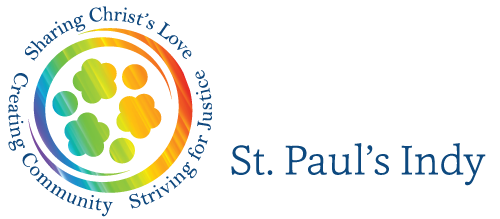Orthodoxy & Orthopraxis
This past Sunday during worship we renewed our Baptismal Covenant, responding to three questions about core beliefs (orthodoxy) and five questions about core actions (orthopraxis). The words of the covenant are powerful but can feel formulaic and disconnected from our daily lives. What might a life formed by orthodoxy and orthopraxis look like? We find one example in the saint we commemorate on the church calendar on August 14, Jonathan Myrick Daniels.
As a young man, Daniels wrestled with vocation. Who am I to be? What am I to do? Attracted to medicine, ordained ministry, law and writing, he experienced a profound conversion on Easter Day 1962 and then enrolled in the Episcopal Theological School in Cambridge, Massachusetts. A second conversion followed in March 1965 when he heard Martin Luther King, Jr.’s appeal to come to Selma to secure voting rights for Black citizens in the South. His desire to go was deepened during the singing of the Magnificat during Evening Prayer in the seminary chapel. “He has cast down the mighty from their thrones, and has lifted up the lowly. He has filled the hungry with good things, and the rich he has sent away empty.”
Daniels’ life bears witness to the way belief (orthodoxy) and practice (orthopraxis) can be woven together. “The doctrine of the creeds, the enacted faith of the sacraments, were the essential preconditions of the experience itself,” he wrote. “The faith with which I went to Selma has not changed: it has grown . . . I began to know in my bones and sinews that I had been truly baptized into the Lord’s death and resurrection . . . with them, the black men and white men, with all life, in him whose Name is above all the names that the races and nations shout . . . We are indelibly and unspeakably one.”
Using the language of the Baptismal Covenant, we can say that Daniels embraced the core faith of Christianity as articulated in the Apostles’ Creed and committed himself to “persevering in resisting evil,” to proclaiming “by word and example the Good News of God in Christ,” and to striving “for justice and peace among all people.”
Daniels’ commitment called for the highest sacrifice. He was killed in Haynesville, Alabama on August 20, 1965 while shielding Ruby Sales, a Black teenager, from a racist attack.
No one reading my reflection is likely to be asked to make the same sacrifice. But all of us are called by God to weave together our beliefs and our actions. God desires us to do more than recite a covenant each time we celebrate Holy Baptism. God wants us to live the covenant in whatever way makes the most sense for us. As the late writer and theologian Frederick Buechner wrote, “The place God calls you to is the place where your deep gladness and the world's deep hunger meet.”
